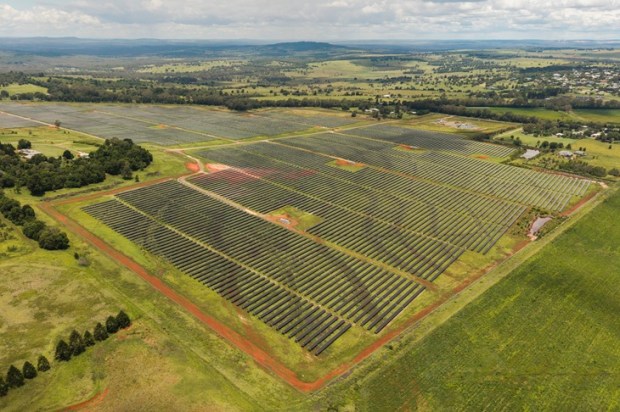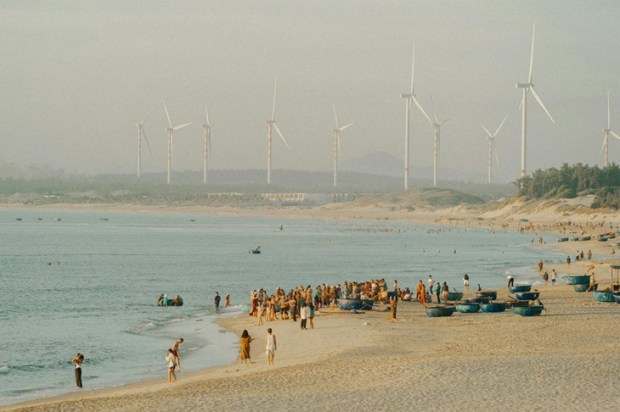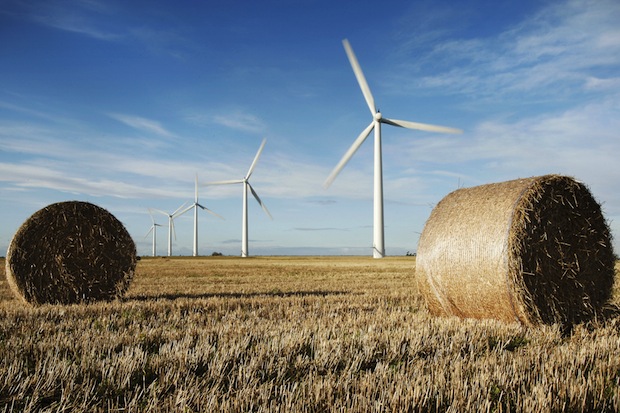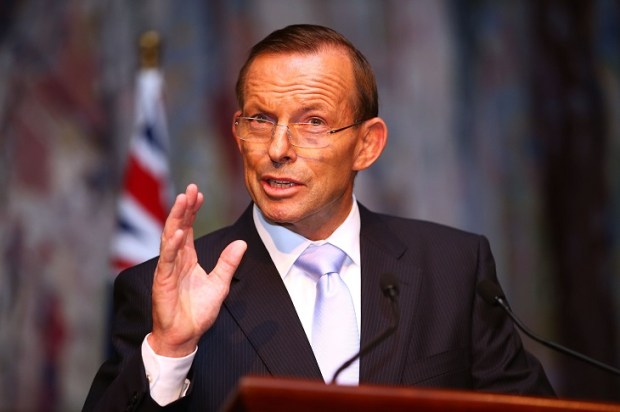In the US, the Clean Investment Monitor has estimated the effects in investment of the Biden government’s Inflation Reduction Act (IRA), which is the primary Federal subsidy legislation for renewable energy. It reckons the IRA has brought ‘clean energy’ investment, including Electric Vehicles, to comprise 5.5 per cent of total private investment. US ‘clean energy’ subsidies, estimated at $US78 billion a year, are assessed to bring about 5-6 times this in terms of new investment.
In Australia, with subsidised ‘clean energy’ now comprising almost one-third of electricity supply (twice the US share), these subsidies loom even larger.
According to the Clean Energy Council, expenditure on large-scale wind/solar and batteries averaged about $4.8 billion per annum over the past five years. Although there is no comprehensive data on rooftop and other small-scale solar, that expenditure would have been at least as much, bringing the annual expenditure on wind/solar facilities to $10 billion.
Driving and augmenting this are government measures that create subsidies for wind and solar without which they would not be competitive. These include the Large-Scale Renewable Energy Target (LRET), the Small-Scale Renewable Energy Scheme (SRES), and recent additional requirements on the top 215 businesses (the ‘Safeguard Mechanism’). These subsidies are from requirements placed on energy retailers (and hence energy customers) to incorporate wind and solar into the electricity supply. They amount to $3 billion a year.
Further measures include the annualised costs of renewables to the system resulting from:
- the operator buying frequency control and contracting emergency supplies ($400 million)
- the Clean Energy Regulator’s costs ($750 million)
- the expansion of the transmission system and of Snowy 2 ($2,200 million)
- the new $68 billion Capacity Investment Scheme’s annual $5,775 million subsidy
- the Future Made in Australia and Hydrogen Headstart subsidies ($1,400 million).
At $36 billion a year, government spending, subsidies and the outlays on solar and wind that they drive are equivalent to some 11 per cent of private capital expenditure, twice that of the US.
Unfortunately, far from being a beneficial outcome, this redirects savings from venues that add to national income into assets that replace more efficient coal generators. Rather than being productive investment, this spending therefore has a deleterious effect on productivity. It cannibalises investable funds turning them into expenditures that undermine, rather than augment, national productivity.
The renewable energy subsidies have doubtless contributed to Australia’s sluggish productivity growth over the past decade. And that performance has further deteriorated – indeed become negative – under the Albanese government, which has increased the energy subsidies and introduced additional productivity-inhibiting policies by giving greater powers to the trade union monopolies that bankroll the ALP.
The energy subsidies stem from the climate change scare. This is notwithstanding there being no dangerous warming, no increase in extreme weather events, no loss of coral reefs, no increase in hurricanes, and no polar ice melting.
Booming developing world economies such as China, India, Indonesia, and Vietnam pay little more than lip service to this but in the Western world such fears are now the main forces driving political action. For too many Western politicians, the media and the intelligentsia, the prospect of propelling a preferred direction of economic activity rather than passively creating the conditions for markets to bring economic growth is just too seductive.
Perhaps partly due to a recognition that interventionary policies are dampening living standards, there has been a growing disenchantment with the green policies in the EU and UK. But this has not resulted in changed governments. With few exceptions, first world government policies remain those that have brought economic stagnation.
That might also happen in the US where Kamala Harris is riding high in the opinion polls. This is in spite of her and her Vice-Presidential pick embracing extreme left policies on climate and immigration. As Fareed Zacharia notes, instead of providing policy detail ‘she has introduced herself to the American people in entirely human terms, presenting herself as a dynamic, warm, funny, and optimistic person’. Especially if she stays on-script and avoids debate she may prevail over Donald Trump an outcome which would cement growth-suppressing climate and energy policies across the first world.
In that event, especially because Australia has opted out of incurring costs for its own defence, there could be no marked disengagement from the present decarbonating policy thrust, though a diversion towards nuclear power might be possible.
It should however be noted that, although the ALP government’s incompetence makes it likely to lose its Parliamentary majority at the next election, on recent polling it would be able to form office with support from the Greens and/or Teals. The price of this would be even greater measures to reduce carbon dioxide emissions – perhaps including further subsidies or limitations on coal and gas development.

























